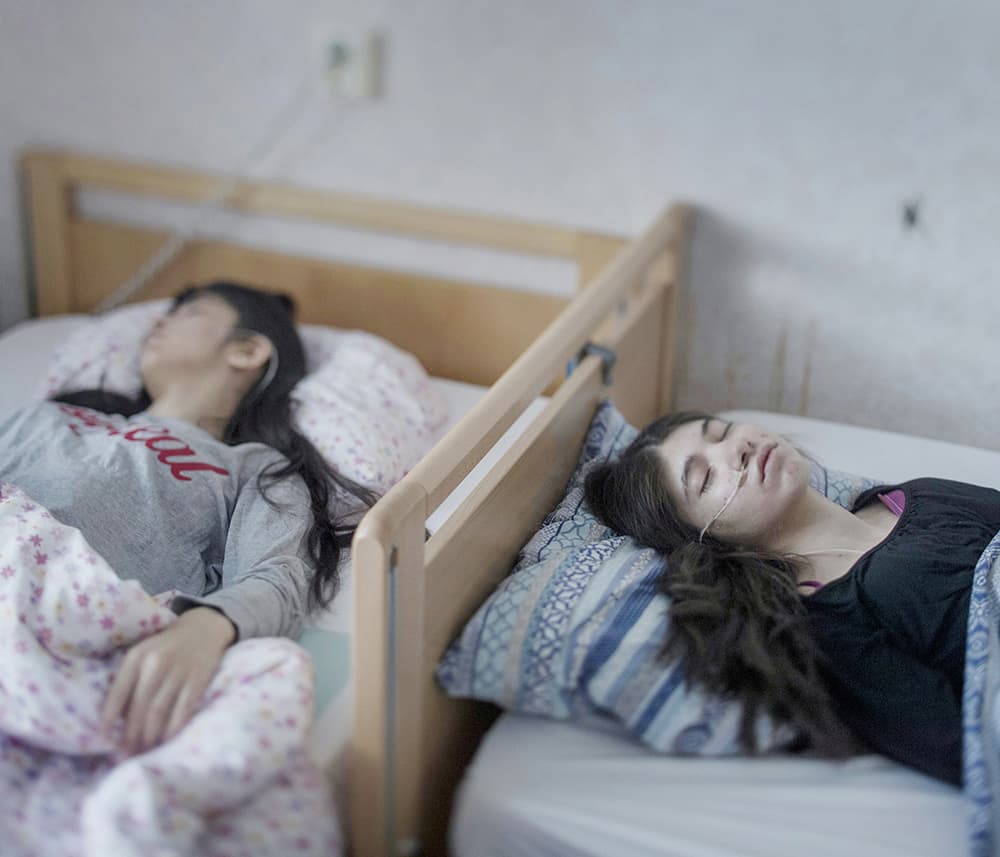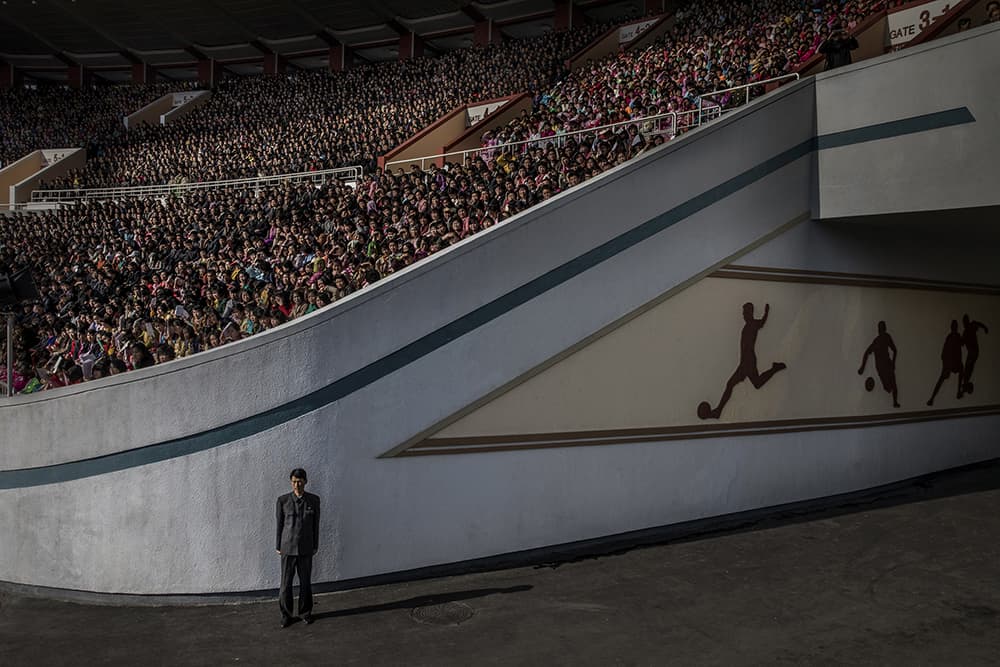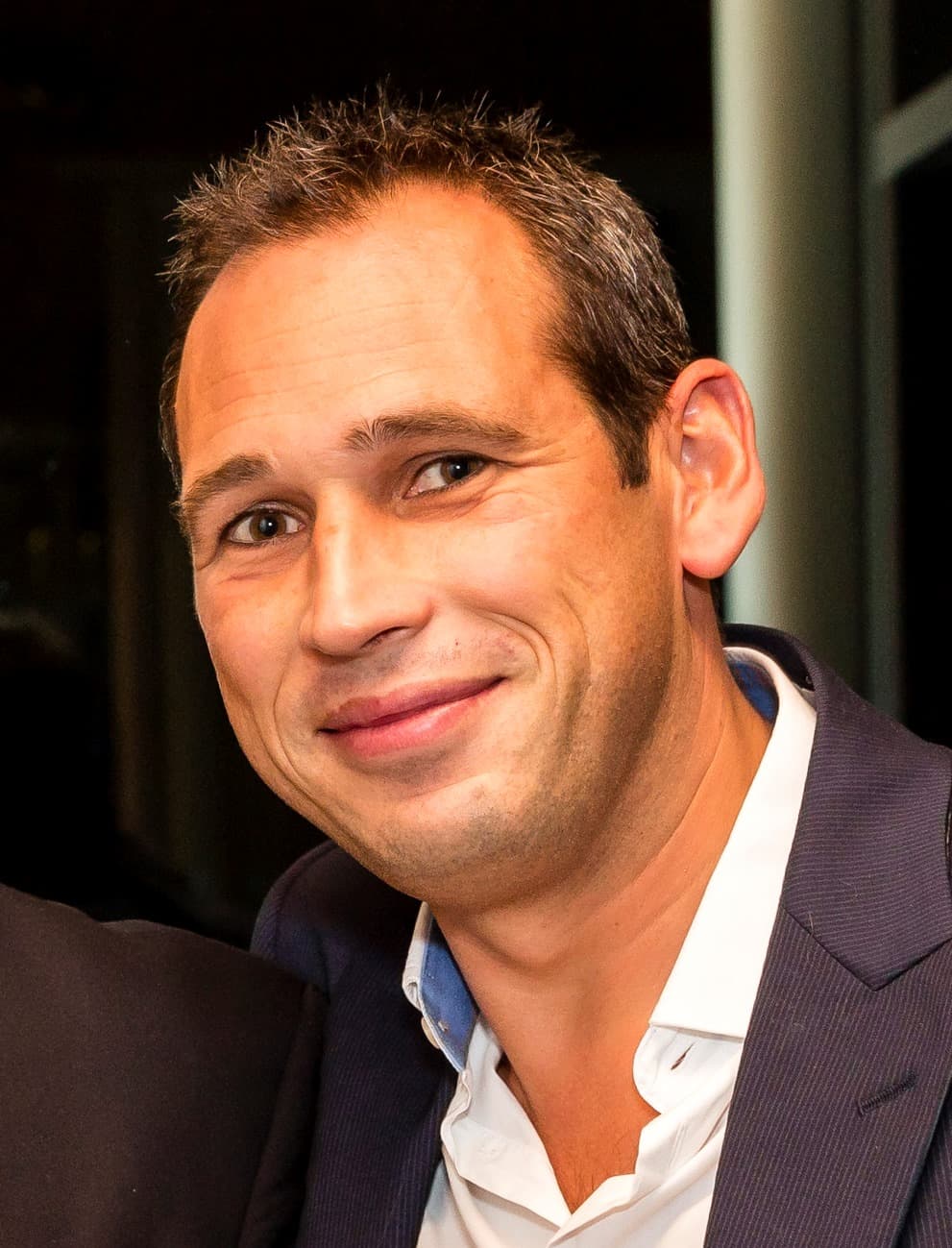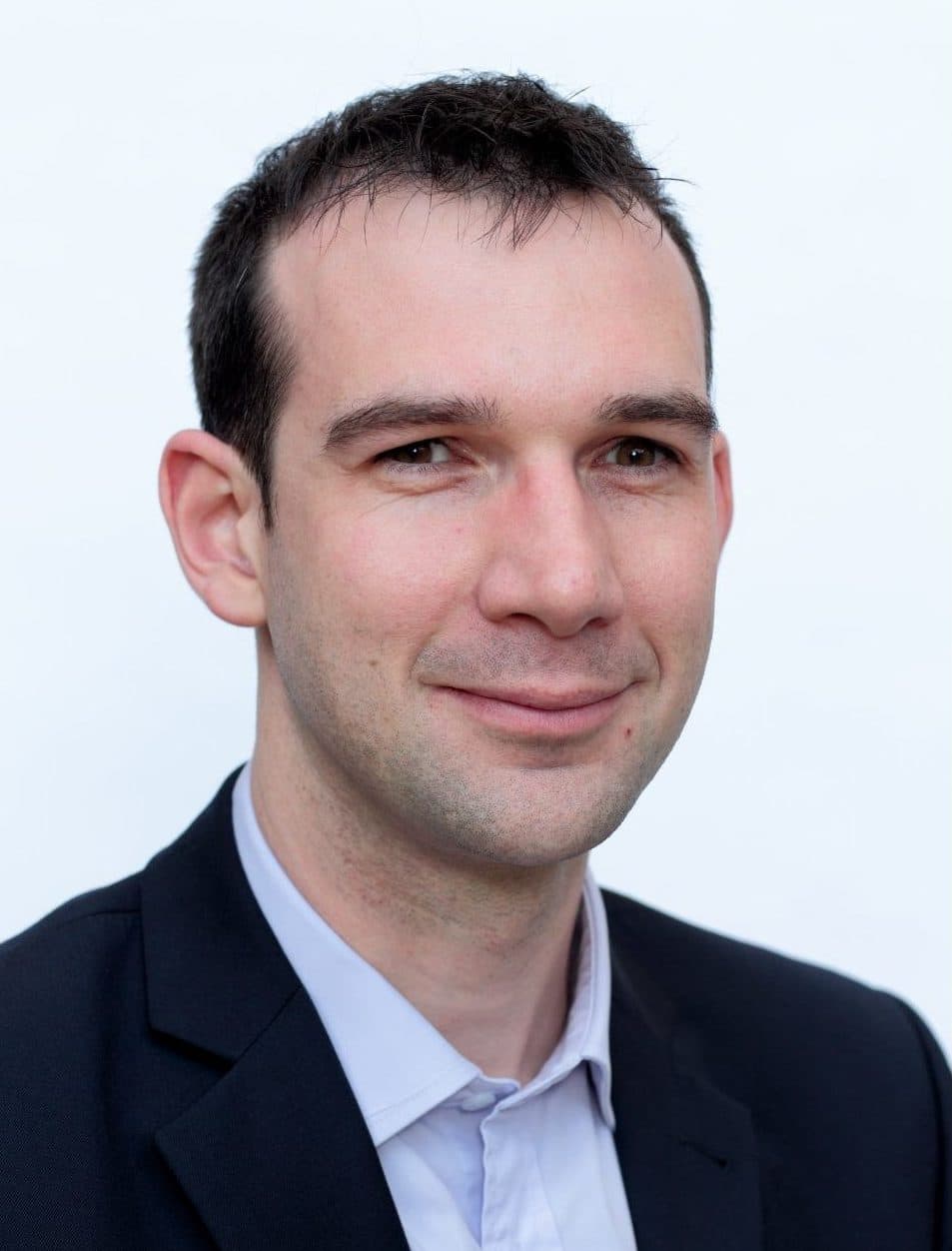Canon’s current tag line is ‘Live for the Story’, and there could be no better expression of that sentiment than through the company’s 26-year sponsorship of World Press Photo, the Oscars of photographic journalism. Every year, in Amsterdam, many of the world’s premier photojournalists come together to share their own photo stories with each other and the wider world. But with the profession facing greater challenges and threats than ever before, I spoke to Lee Bonniface, Marketing Director of Canon Europe, and Richard Shepherd, Product Marketing Manager for Professional Imaging, Canon Europe, about Canon’s involvement in World Press Photo, and on the importance of story-telling in general.
‘In the past, most people just used to consume stories but now everyone is telling their own stories, especially through social media,’ says Lee. ‘We’re all storytellers now and our job at Canon is to help people to tell the best stories that they can of their lives,’ he adds. ‘And that could be anything from taking a picture of your kids on a wet Saturday afternoon, to the really tough, high-end geo-political stories that we see here at World Press Photo. These photographers are our ultimate customers, and what they do showcases the quality of our products for everyone else. Canon’s association with World Press Photo is about inspiring the next generation of photojournalists.’

Taken by Nikolai Linares of Denmark this image won 3rd prize in the Sports (series) category. Bullfighting has long generated controversy and is declining in popularity in Spain, yet across the country boys still dream of stardom in the arena and attend bullfighting schools to learn the required skills. Here three 16 year olds get ready to train with real bulls at a bull ranch. © Nikolai Linares
But with the perceived appetite for hard news and social issues seemingly on the wane, thanks to the increasing public fixation with celebrity culture and self-obsession, the role of today’s storytellers is changing rapidly and questions are being asked about what the future of photojournalism looks like.
‘The world has changed for photojournalists shooting today, for sure,’ continues Lee. ‘In the past The Sunday Times would send you somewhere, they’d give you your tickets, make sure there was a fixer, everything would be set up for you. Your job would be to go and tell the story.
‘But today, firstly you have to come up with the idea yourself, you have to fund it yourself, or try and sell the idea to an editor before you go and do it, but it’s much more down to the photographer to organise it. Which is both good and bad. It does give photographers more creative freedom, but provides less financial security.’
Despite current concerns around how news is reported today, people still trust in the big news organisations to tell the right stories, so there is still a demand for quality photojournalism that gets under the surface of an event. ‘A “citizen journalist” can post a picture but he is not going to tell the story,’ continues Lee. ‘Our role is to support the current generation and nurture the visual storytellers of tomorrow, so that in ten years’ time there will still be World Press Photo winners.’

Swedish photographer Magnus Wennman won 1st Prize in the People (singles) category with this image. Djeneta (right) has been bed-ridden and unresponsive for two and half years, and her sister Ibadeta for more than six months, with Uppgivenhetssyndrom (resignation syndrome) in Horndal, Sweden. They are Roma refugees from Kosovo. The causes are unclear but most professionals agree that trauma is a primary contributor. © Magnus Wennman
Richard adds, ‘Many photographers now increasingly derive their income from things other than selling pictures. The pictures build their reputation, which they then leverage to do talks and workshops, or writing articles.’
This seems similar to what is happening in music right now where, with the likes of Spotify, musicians no longer earn their living from the records themselves, and singles have become a loss leader for selling tours and merchandise, from which their income is now derived.
‘Photographers are also increasingly becoming activists and setting up charities to support the causes they are photographing,’ continues Richard. ‘Take Pulitzer Prize winning photographer Stephanie Sinclair as an example. She has done a long-term project called “Too young to wed”, and as part of that she set up a not-for-profit foundation to try to prevent young girls being forced into marriage. In the past, that wouldn’t have happened. It would have been published in a newspaper and that would be that. Maybe there would have been a book. But now she is using her photography directly to try and encourage change. We’re seeing that more and more with professional photojournalists who are so passionate about a particular topic. Brent Stirton is another example.’
In this new world Canon sees itself as having a vital role to play in helping to keep photojournalism going, in multiple ways.
‘Well we make the cameras, obviously,’ Richard explains, ‘and technology is enabling photographers to capture things they weren’t previously able to. For example, two years ago Warren Richardson won World Press Photo with a shot of refugees crossing the border, in pitch black. It was so dark he couldn’t see his hand in front of his face. He had to be so careful that there was no light coming from the camera, otherwise the family would have been captured and wouldn’t have made it across the border. Five years ago it would not have been technically possible to take that picture.’

A huge crowd at the Kim Il Sung stadium awaits the start of the Pyongyang marathon. An official guards the exit. Pyongyang. North Korea 20170409. © Roger Turesson Dagens Nyheter
The new generation of storytellers are not just shooting stills either. There are huge numbers of bloggers and vloggers out there who have grown up with both video and still photography, and who use the two interchangeably.
‘We were in Istanbul shooting with a parkour group recently,’ recalls Lee, ‘and there were seven of them, but two of the seven were videographers who just filmed the other five. They had C200 video cameras on drones flying down streets in Istanbul, they were chasing each other with EOS 5D’s on gimbals, it was crazy.’
Canon’s support for the visual story-tellers extends beyond merely making the gear. Through things like mentoring programs, workshops and development days, they are teaching young photographers the skills they need in PR, marketing, social media, website building, and running a business.
‘No photographer wants to run a photography business, they want to take pictures,’ observes Richard. ‘So we see ourselves as enablers. Also it isn’t easy to get noticed today because of the sheer amount of story-telling that’s out there, but we can help to get the good stuff to rise to the top, through activities such as sponsoring World Press Photo.’

Lee Bonniface, Marketing Director of Canon Europe

Richard Shepherd, Product Marketing Manager for Professional Imaging, Canon Europe







